Charts and Dashboards: Vertical Raincloud Chart Part 3
30 December 2022
Welcome back to our Charts and Dashboards blog series. This week, we’re going to continue looking at how to make a bespoke Vertical Raincloud chart by creating the last of three charts that we will need.
The Vertical Raincloud chart
Are you looking for a new way to present your data? Meet the Vertical Raincloud chart.
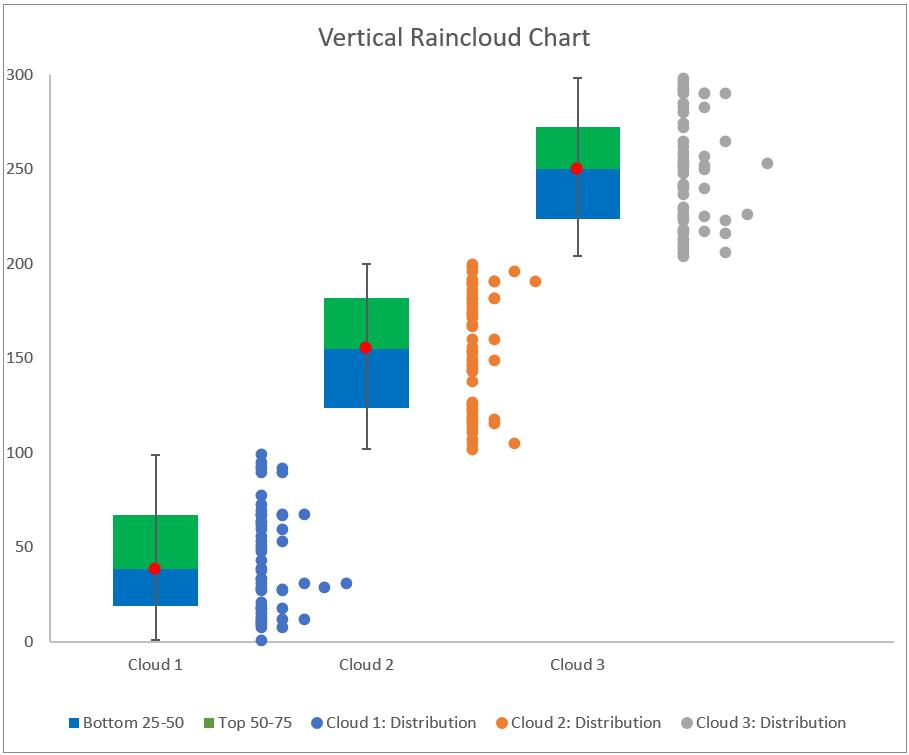
This chart shows three [3] clouds, we will start by showing how to create a chart for just one cloud.
We will need to combine three [3] charts:
- a Scatter chart for our data point distribution
- a Stacked Column chart for percentile analysis
- a Scatter chart for our error bar.
We will illustrate how to construct each of these charts and later merge them together to create the Vertical Raincloud chart. In part 1, we constructed the Scatter chart for our data point distribution.
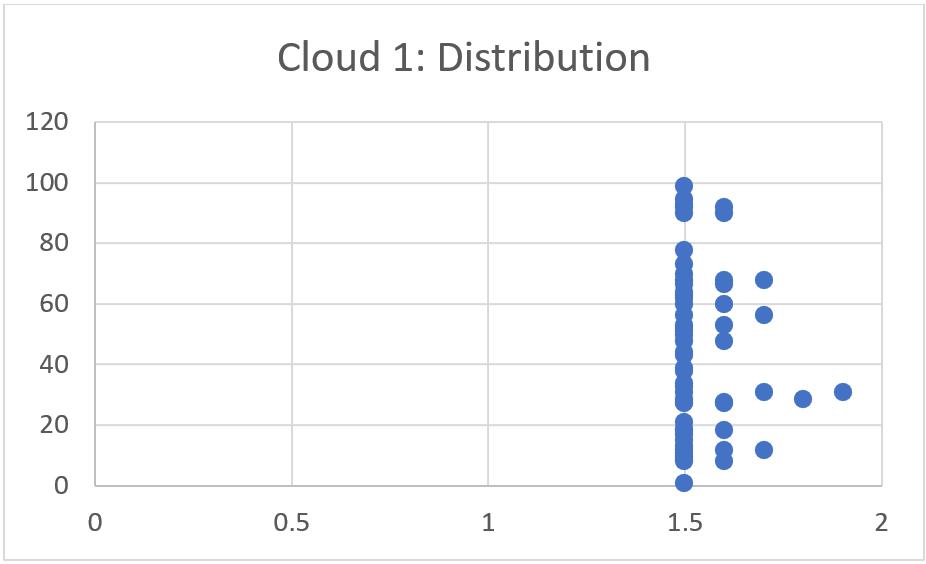
Last week, we created the Stacked Column chart for percentile analysis.
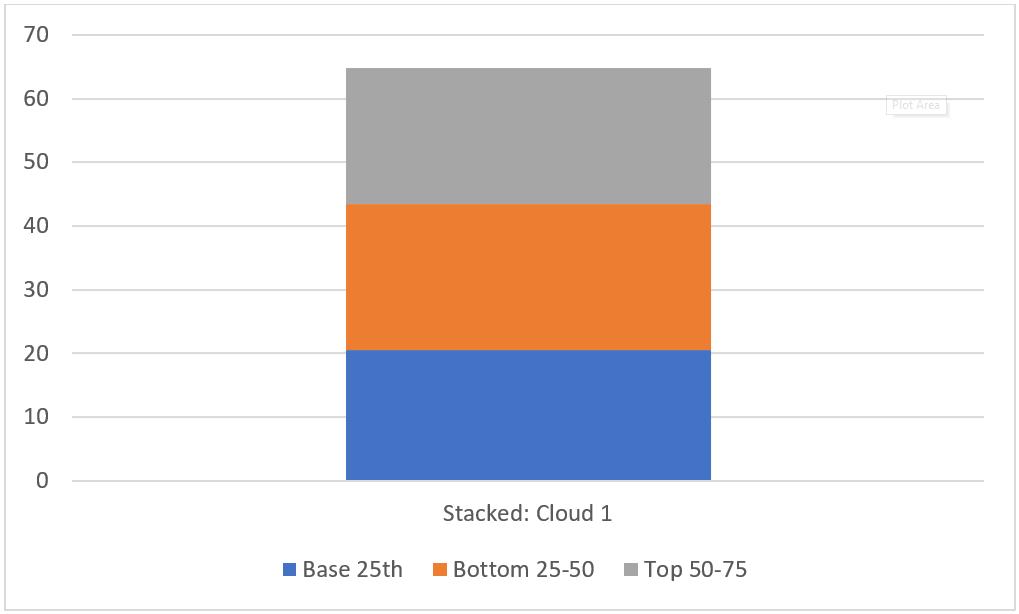
This week, we move on to the final chart, the Scatter chart for the error bar.
‘Scatter Chart’ for our error bar
The last element that we need to get for our Vertical Raincloud chart is the error bar. To construct an error bar, we will need an x and y position for the error bar and positive and negative lengths of the error bar. For the x position of the error bar, we will enter a value of one [1]. This is because this will put the error bar in the middle of or stack column chart. For the y position of the error bar, we will use the value of 50% Percentile from the Percentile_Table (K16) which is 43.5 in this instance. We will then have the following table below:

We select whole table and select Insert -> Charts -> Scatter -> Scatter:
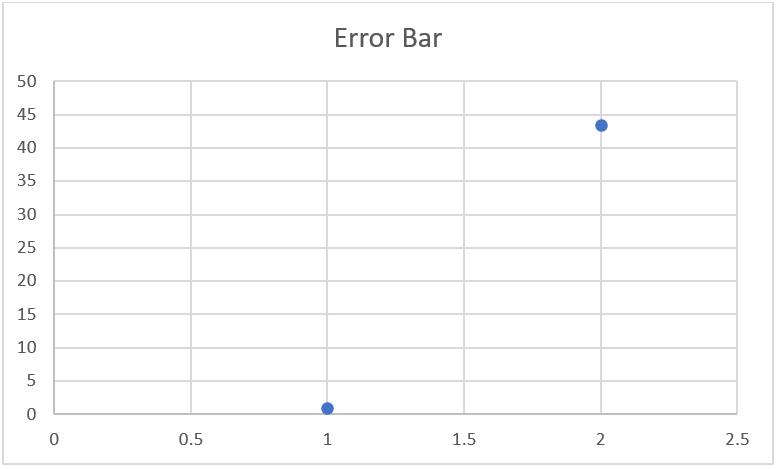
This is not what we want here so we select Chart Design -> Data -> ‘Switch Row/Column’, which will result in the following chart:
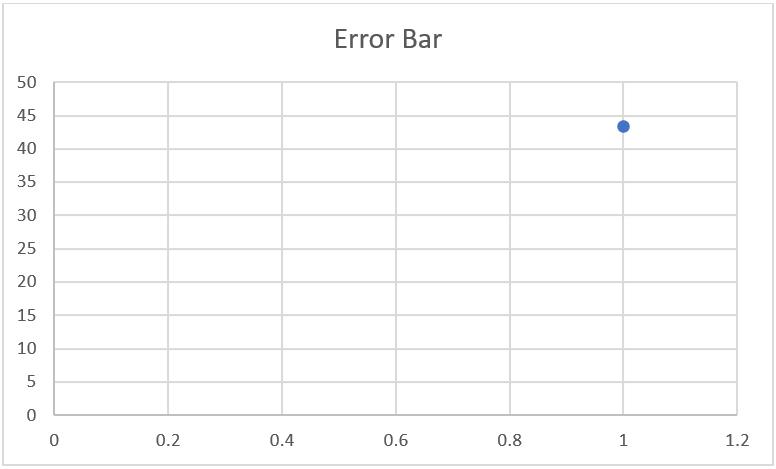
Next, we select the chart and click the plus sign on the right-hand side of the chart, select ‘Error Bars’ and select ‘More Options’:
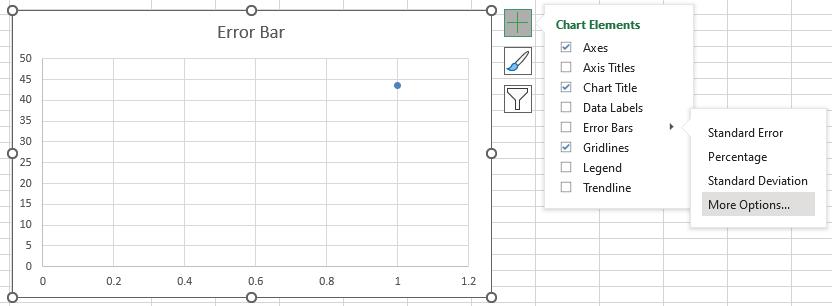
This will give us two [2] error bars as shown below:
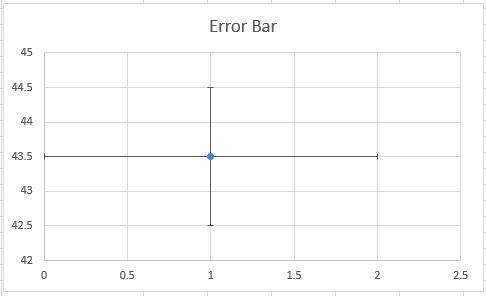
Now, since our chart is a Vertical Raincloud, we do not need the horizontal error bar, so we click on it and delete it. This will result in the following:
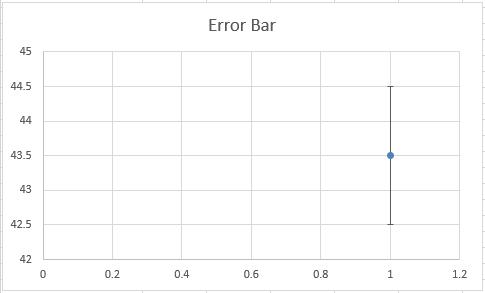
At this stage, we have almost finished the error bar. What we need now is to specify its length. Therefore, we use the dataset inJ29:K31 to help calculate this:

At this point, we can choose the size of the error bar according to the results we want to see. If we want to include all the data points here, we can choose the 0% and 100% percentile to construct our error bar. If we want to exclude 10% of the lower tail and 10% of the upper tail (i.e. present the inter-decile range), we can select the 10% percentile and 90% percentile to construct our error bar. In this example, we will select the latter option.
For the Positive length of the error bar, we take the 90% percentile (K18) minus the 50% percentile (K16) and for the Negative length, we take the 50% percentile (K16) minus the 10% percentile (K14). This will give us the following results:

On the chart, we double click on the error bar of the chart to see the ‘Format Error Bars’ dialog:
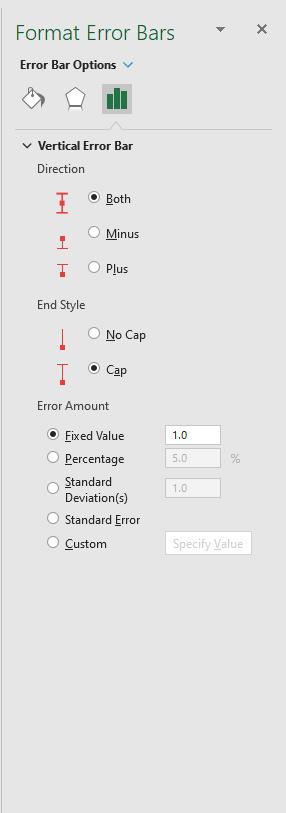
We select Custom -> Specify Value. The ‘Custom Error Bars’ popup will then appear:
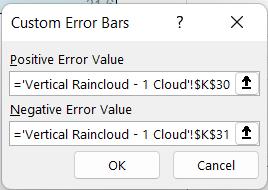
We use the ‘Positive’ and ‘Negative’ values in K30 and K31. After clicking OK the chart will be changed as follows:
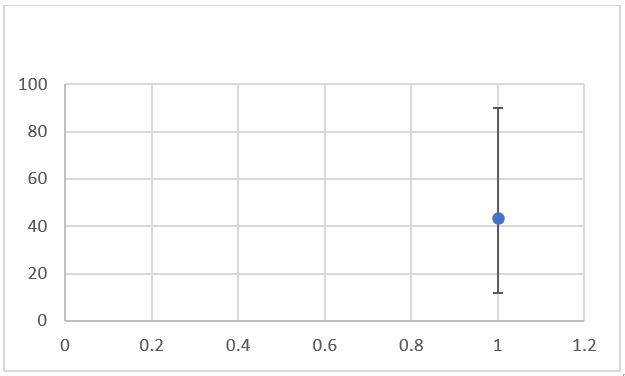
The last step is to merge all three [3] charts together… and that’s what we’ll look at next time.
That’s it for this week, come back next week for more Charts and Dashboards tips.

